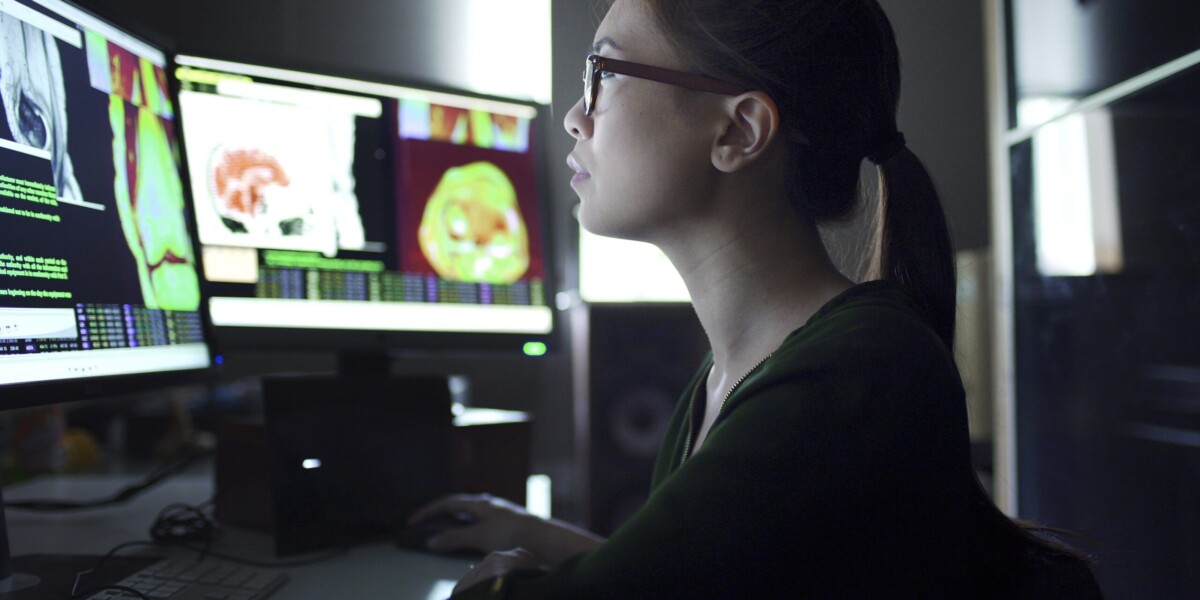The Washington Post reported in 2013 that the future looks unclear for the Myers-Briggs questionnaire – “the gold standard of psychological assessments” used by employees and business leaders alike to figure out how their personality styles mesh with others in the workplace.
But career consultant Markey Read says such reports are nothing new – and should not have any long-lasting impact on the popularity of the Myers-Briggs Type Indicator (MBTI) instrument or the personality type theory that underpins it.
“MBTI is the most widely used instrument of its kind in the entire world, translated into more than 35 languages. It has a reach that is quite significant,” she says. “It’s a phenomenal door opener; it opens the door to conversation.”
A History of Myers-Briggs
Developed by Katharine Cook Briggs and her daughter, Isabel Briggs Myers, and based on Carl Jung’s theories of introverted and extroverted personality types, the multiple-choice questionnaire was purchased by the Educational Testing Service in 1962. In 1975, Consulting Psychologists Press (now CPP), a company founded by a Stanford professor, began publishing the indicator for wider application instead of its initial use as a research instrument.
An estimated 2 million people a year take the MBTI to determine their personality type: extroverted or introverted; sensing or intuitive; thinking or feeling; judging or perceiving. The result – ESTJ, INTP or 14 other combinations of the four areas – helps them explore which careers might be a good fit, how they connect with others, how they lead, and more.
As the MBTI enters its fifth decade, the third generation of the Myers-Briggs family has no interest in carrying on the family legacy, and psychologists continue to question the test’s validity, according to the Post article.
Exploring Your Personality Type
Read, owner of Career Networks in Williston, Vermont, has known the family for years and, like many other certified MBTI administrators, never expected the third generation to remain involved. She has used the MBTI for two decades; she became certified in 1994 and contacted CPP to begin offering certification training in Vermont. Over time, she has heard psychologists dismiss the test, but believes that has more to do with an internal debate over who should be allowed to conduct academic research.
“Here’s what’s true: Personality type works, and there’s tons of research,” Read says. “And more research is under way.”
Since Isabel Myers first began administering her questionnaire to medical students in the 1940s and assessing results, even more instruments have been developed to compete with the MBTI in ferreting out personality types.
Read could choose to administer any instrument – or none at all – in uncovering personality types, but she finds that most clients still ask for the MBTI, the most highly regarded.
“The Myers-Briggs Type Indicator is simply a questionnaire that helps us understand what people’s personality types might be,” Read says. “Most people equate the actual questionnaire with the entire theory, but it’s important to separate them out. Personality type theory is a very rich and very alive community of people, and it’s international. When we can break MBTI apart from personality type theory, that’s when personality type will come into its own and people will fully understand the power of it.”
For now, Read emphasizes that the MBTI is not a test but “a descriptive tool. You’re not diagnosed with a type; it’s a discussion and a motivation. It’s an exploration, and it’s effective in helping determine our preferences, and our preferences happen to be in four areas: how we get our energy, how we gather information, how we make decisions, and how we orient to the outer world. And when we know those preferences, we can become more effective.”
Interpreting Results
MBTI results should not be used to force someone down a career path he or she doesn’t want, Read says. “There’s nothing about your type that says you can’t do what you want to do,” she explains. “There are 16 personality types that I call 16 definitions of normal, and in those 16 definitions of normal, there is wide variety of expression.”
For example, an introvert can become a successful leader – just a different style of leader from an extrovert. “Whether you’re an introvert or extrovert has little to do with your ability to lead; personality type simply looks at your style of leadership,” Read says.
When taking the MBTI, it’s important to answer the questions as honestly as possible to get the most accurate snapshot of your personality type, she explains.
“Your personality type is just a good place to understand where you start out in the day,” Read says. “It helps you understand that you have a base from which you operate, from where you start, and then you move into all kinds of areas that require you to stretch or flex out of your preferences. Throughout the day, you have to get out of your ‘happy place,’ out of yourself, and interact with people, and that’s called communication. That’s where personality type comes into play, and we use that to talk about leadership styles, teaching styles, learning styles, training styles.”




